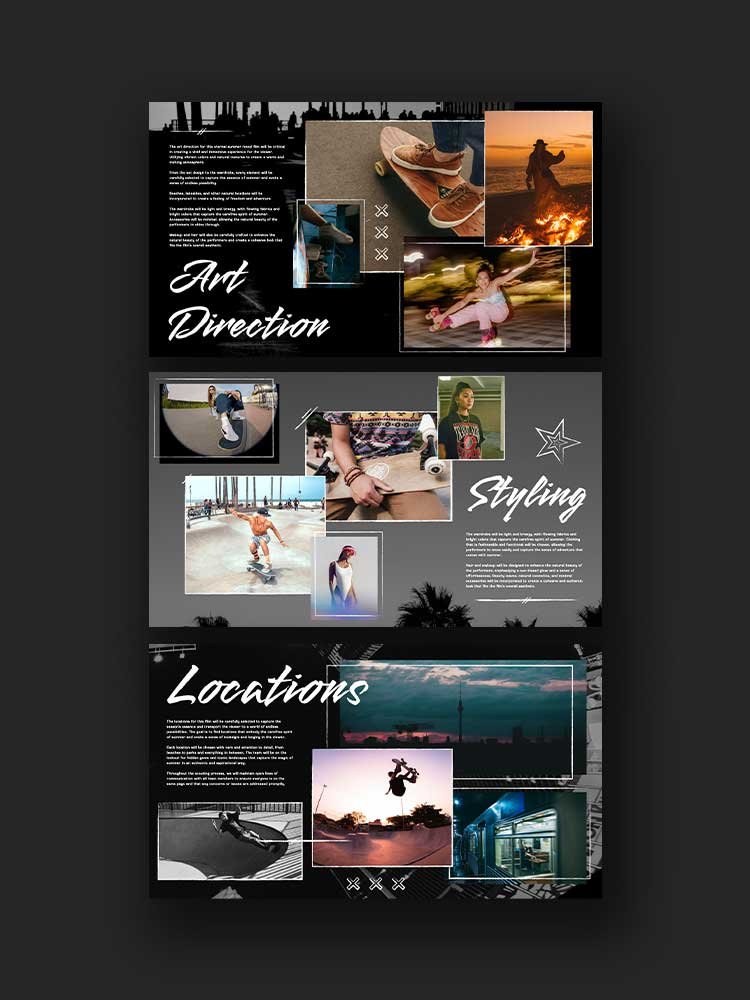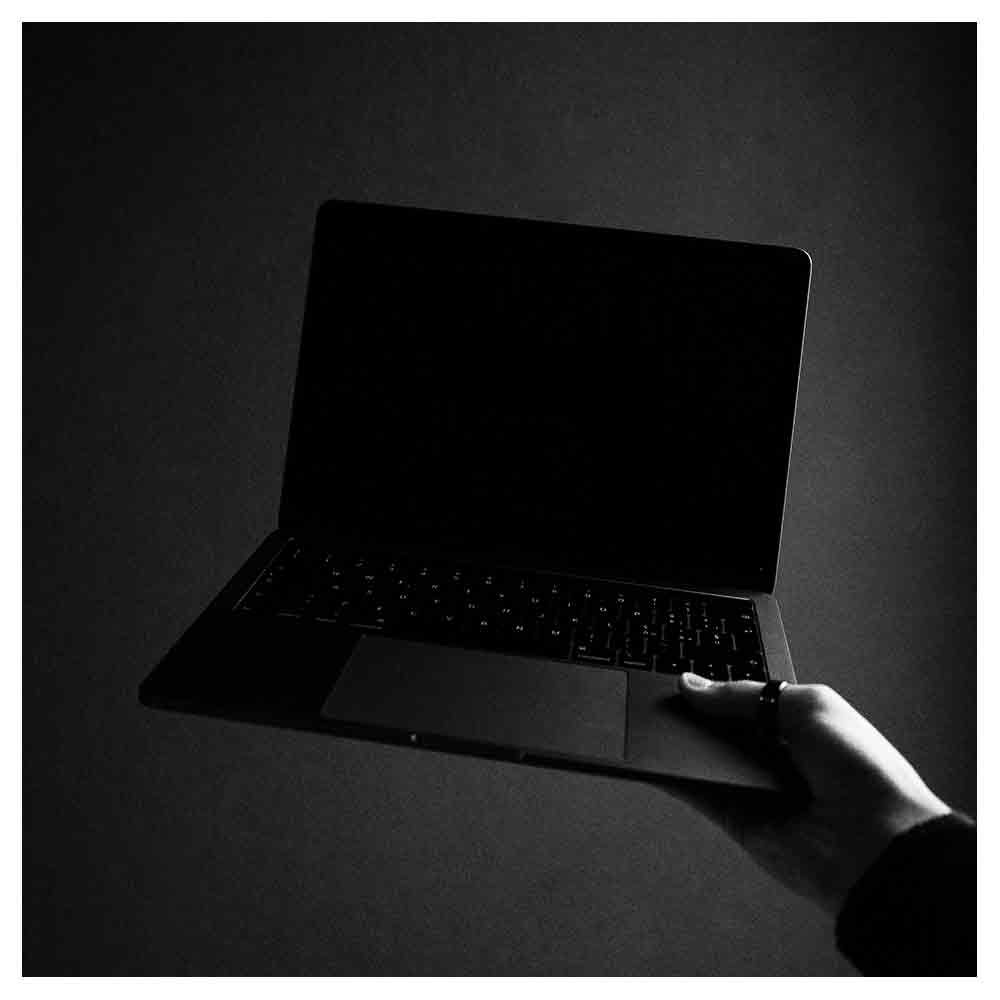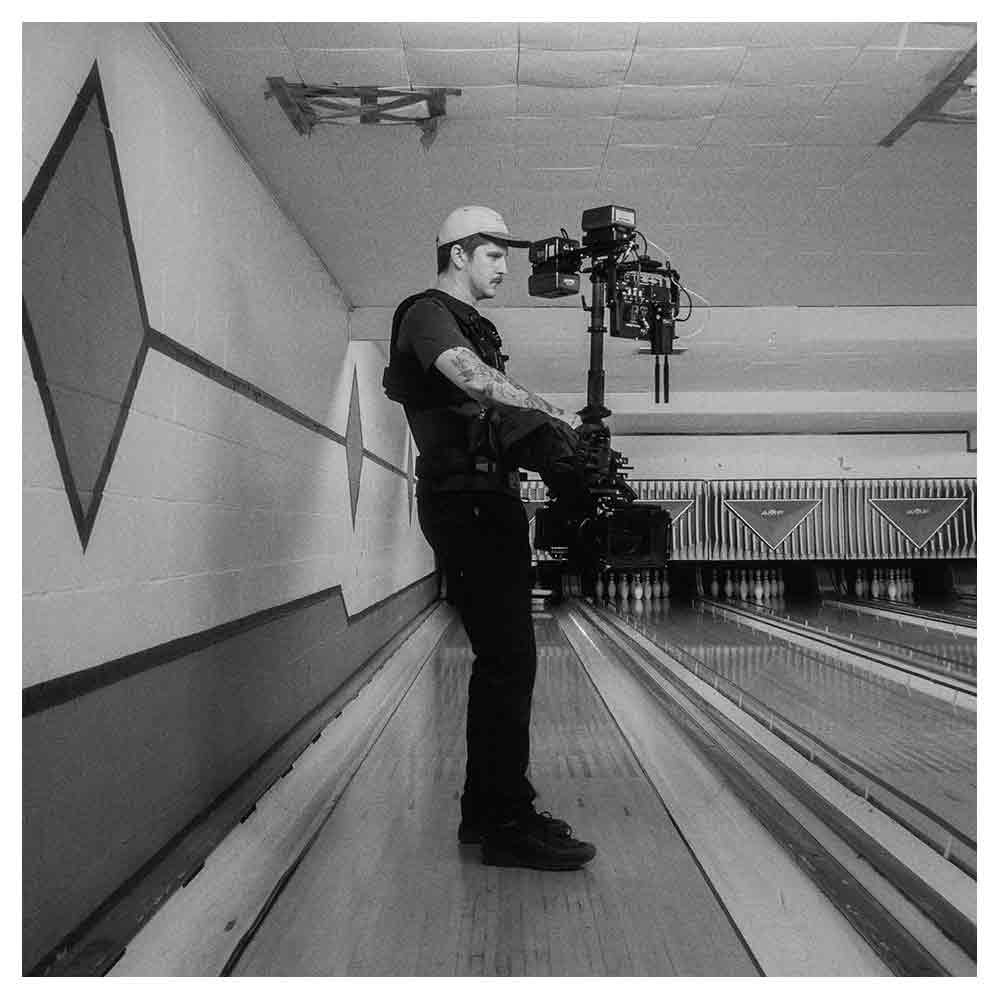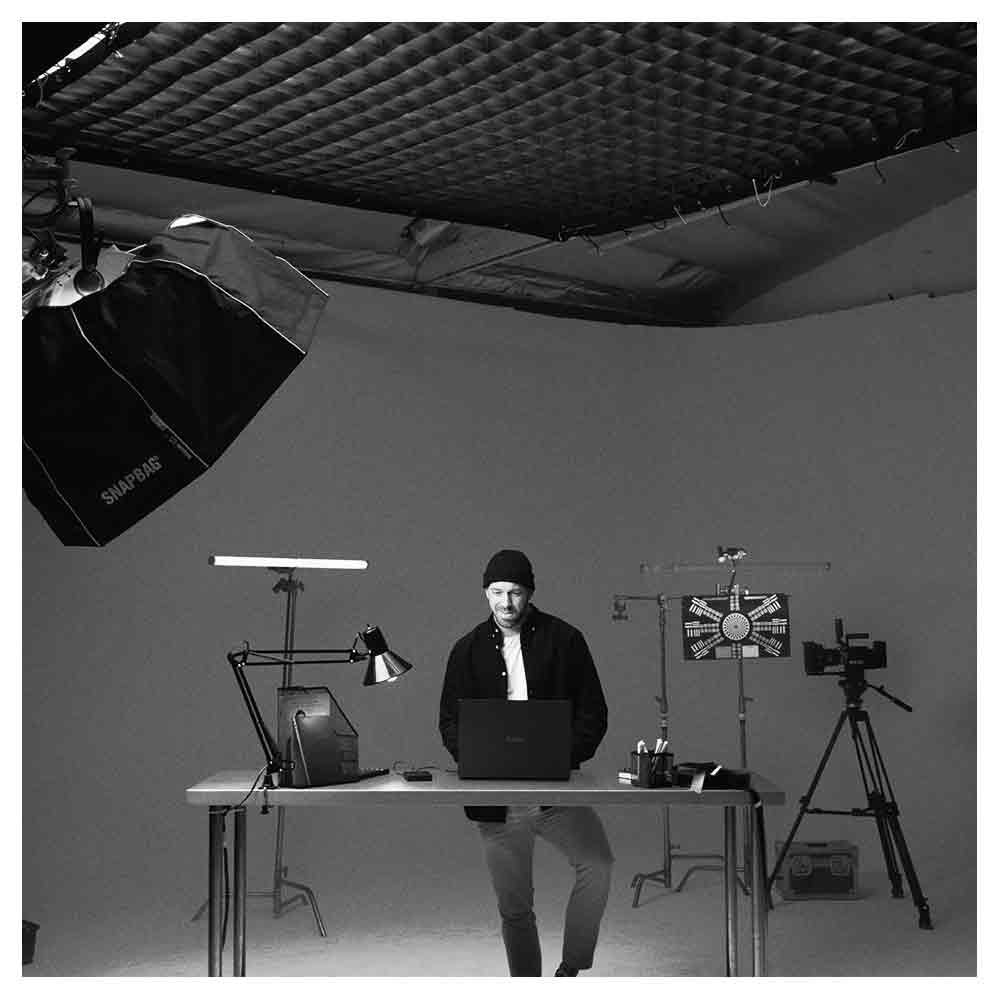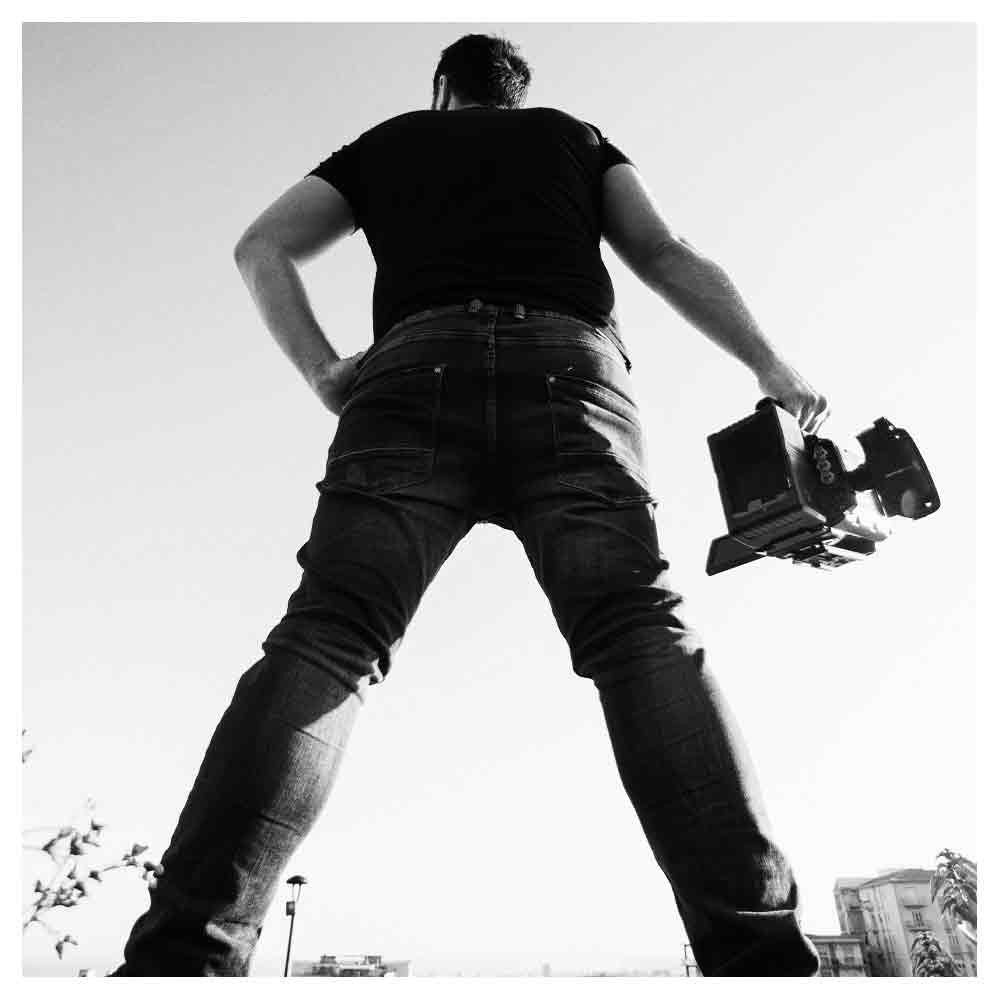How To Write A Compelling Documentary Treatment?
What if I told you that a single document is the key to sparking interest in your next groundbreaking documentary ideas? That's right. It’s called a ‘Documentary Treatment!’
A documentary treatment is an unsung hero in the early stage of the documentary filmmaking process that helps you find the cast, crew, and financial foundation you need to tell the story you think must be told. But what exactly is a treatment, and how can it help you make or break the deal?
Join me as I delve into the world of documentary treatments and share the key ingredients of writing a pitch-winning document.
Table of contents:
What is a documentary treatment?
A documentary treatment is a visually appealing document that outlines the essence of a documentary project in a written document and helps to clarify your filmmaker's vision to potential investors and creative collaborators.
It is usually made by the director or someone working at the production company and provides an overview of the story, main characters, and visual style to give an idea of what the finished product could look like and leave them with the idea that this project has to be made.
In simple terms, a treatment helps to distill the ideas you have in your filmmaker’s mind into an easy-to-understand format so others can understand what you want to create.
In my opinion, a good documentary treatment should answer the following five questions:
What is the story about?
Who are the main characters in the documentary?
When and where does the story take place?
Why should people care about this project?
How do you aim to bring the story to life?
Why are documentary treatments important?
To help you understand why documentary treatments are important, I’ve outlined a few bullet points below:
Helps secure documentary project funding
Investors and collaborators must understand your filmmaker's vision before committing resources and funding to the project.
A well-crafted treatment can help you persuade investors and collaborators to support the film.
Provides a filmmaking process Roadmap
A treatment serves as a roadmap for the production team, providing a clear plan for capturing footage, conducting interviews, and executing the visual style, ensuring everyone is working towards the same vision.
Helps with research
Creating a treatment requires extensive research, which will help you gain a deeper understanding of the subject matter, discover the central conflict, and identify critical events that must be included in the film.
It can also help identify problems in the story structure before filming begins, saving time and money in the long run.
Provides a foundation for post-production
A documentary treatment can be a helpful guide for the post-production process, ensuring that the final product is cohesive and aligns with your filmmaker's vision.
Enhances distribution opportunities
A documentary treatment can help attract distribution opportunities by understanding the film's story, audience, and marketability.
Elements of a documentary treatment
It’s good to mention that documentary treatments have no strict rules, only guidelines and best practices.
While there is no one-size-fits-all approach to creating a documentary treatment, several key elements should be included when writing treatments to ensure the document is comprehensive and effective in selling the project to someone else.
These include the following elements:
title Page
Include a visually striking title page with your project title (it can be a working title, including a documentary tagline).
Also, include your name and contact details because you want people to be able to reach out to you if they are interested in the project.
Documentary Logline
The logline is a summary of the documentary that captures the essence of the story in one or two sentences.
It should be attention-grabbing and intriguing, giving the reader a sense of the film's genre, subject matter, and tone. The logline should be written to capture the audience's interest and leave them wanting to know more.
Documentary Synopsis
The synopsis is a more detailed film summary (minimal 100 words) of the essential plot points to provide a clear overview of the narrative structure and the film's emotional journey.
Briefly describe the project, who it is about, and the issues and themes covered. The story synopsis should be written using a three-act structure (beginning-middle-end) with colorful descriptions and vivid language to bring the story to life.
Director's Approach
In this section, you can include your vision of the project. You can talk about the following:
Discuss your film's key elements of theme, format, structure, style, characters, and point of view.
Describe your stylistic approach and how to use camera, sound, and editing techniques to tell your story.
Choose the appropriate format for shooting and determine the length of the film.
Address the main themes of your film and explain why they are important to you and the global community.
Share your motivation for making this film and why you are the best person to tell this story.
Documentary Production Details
This one is unnecessary, but if you’re specifically using your document to pitch your idea for financial investment, you can include a production details section that provides information on the production's budget, timelines, and crew members.
This section can also include any challenges or risks associated with the pre-production and provide a plan to mitigate these risks.
Distribution Plan
A distribution plan is also not necessary and is more part of the documentary proposal deck (which is essentially more of a business plan), but if you want to include it in your treatment, you can use it to outline the film's intended audience, marketing strategy, or outreach activities that will be undertaken to promote the film.
Tips For creating a compelling documentary treatment
Creating a compelling documentary treatment requires research, creativity, and strategic thinking.
Here are some tips on how to make a treatment that will grab the reader's attention and secure funding for the film:
Know your audience
When making a documentary treatment, it is essential to keep your audience in mind. Think about who you want the treatment to read and what their interests and motivations might be.
Tailor your treatment to appeal to this audience by using language, examples, and benefits of jumping on board this project that will resonate with them.
Write in Active Voice
Write what your audience will see and hear. To achieve this, you should use the present tense and active voice. By taking this approach, you're bringing your treatment to life and immersing the reader.
Tell a compelling story
A documentary treatment should tell an engaging, emotionally resonant, and visually stimulating story.
Choose an exciting and relevant subject with a central conflict, and find a unique angle or perspective to explore it. Use vivid language and imagery to bring the ideas to life on the page and explain how the story unfolds.
Show, don't tell
A documentary treatment should demonstrate your filmmaker's vision and approach rather than simply describing it. Use visual aids such as reference images to convey the look and feel of the film.
Use examples of previous work or influences to give a sense of your filmmaker's style and aesthetic. If you need help finding the best images for your treatments, you should check out this list of visual resources.
Be realistic
A documentary treatment should be ambitious but also realistic. Ensure that the production's budget, schedule, and logistics are feasible and that the project is achievable within the available time and resources.
Be transparent about any risks or challenges associated with the project, and provide a clear plan to mitigate these risks.
Edit and refine
A documentary treatment should be well-written, concise, and easy to read. Edit and refine the document multiple times to ensure it is error-free and flows smoothly.
Have others read your treatment, collect feedback, and be open to constructive criticism and suggestions for improvement.
Common documentary treatment mistakes
There are several common pitfalls filmmakers can fall into when creating a documentary treatment. Some of these pitfalls include the following:
Grammar Errors
Poor grammar and punctuation can detract from the professionalism and credibility of your documentary treatment.
Neglecting proper grammar and punctuation can also make it difficult for readers to understand your ideas and story structure.
To help you proofread your treatment carefully and ensure it is error-free, you can use the free grammar software Grammarly.
Lack of vision & clarity
One of the most significant challenges of creating a documentary treatment is articulating the story you want to tell clearly.
If your treatment lacks clarity, it will be difficult for investors and collaborators to understand your vision and may result in a lack of support for your project.
Try to focus clearly and avoid covering too many topics or themes. A lack of focus can lead to a scattered film that fails to engage the audience.
Weak story structure
A documentary treatment should have a clear narrative structure that guides the audience through the story.
Without a solid narrative structure, your film can feel disjointed and confusing.
Unrealistic expectations
It's essential to clearly understand what you can achieve within your budget, timeline, and available resources.
Unrealistic expectations can result in disappointment, frustration, and, ultimately, a lack of success.
Lack of research
A lack of research can lead to an incomplete or inaccurate treatment that doesn't accurately represent the subject matter.
It's essential to conduct thorough research and gather as much information as possible to ensure your treatment is based on facts and not just assumptions.
Conclusion
In conclusion, a compelling treatment should tell a compelling story, demonstrate expertise, and be realistic regarding budget and logistics.
By following these tips and guidelines, you should be able to create a treatment that captures the essence of your project and convinces investors and collaborators to get involved.
Make sure to explain what you want to achieve with the film and how you want to do that. Don't just talk about the film or how it will be made, also explain why you are the right person for the job.
I hope this was helpful to you. If so, feel free to drop a comment in the section below.
Happy pitching!
Frequently Asked Questions About Documentary Treatments
How can I make my documentary film treatment compelling?
To make an effective documentary treatment, you should tell a compelling story, demonstrate expertise, and be realistic regarding budget and logistics.
Use visual aids such as reference images and mood boards to convey the look and feel of the film.
Ensure that the production's budget, schedule, and logistics are feasible and that the project is achievable within the available time and resources.
Who should read my documentary treatment?
Documentary treatments should be read by potential investors, collaborators, and broadcasters. They can also attract key contributors and experts to the production.
How long should a documentary treatment be?
There is no set length for a documentary treatment, but it should be long enough to provide a comprehensive overview of the project while still being concise and easy to read.
Typically, a treatment should be between 5-20 pages in length.
Can I revise my documentary treatment?
Yes, you can revise your documentary treatment as needed and modify the treatment as you learn more about the subject matter, the storytelling approach, and the production logistics.
Can I create a documentary treatment without a script?
Yes! A documentary treatment does not require a script but should provide an overview of the narrative structure, visual style, and characters.






